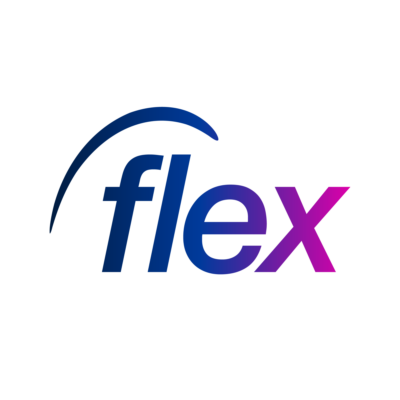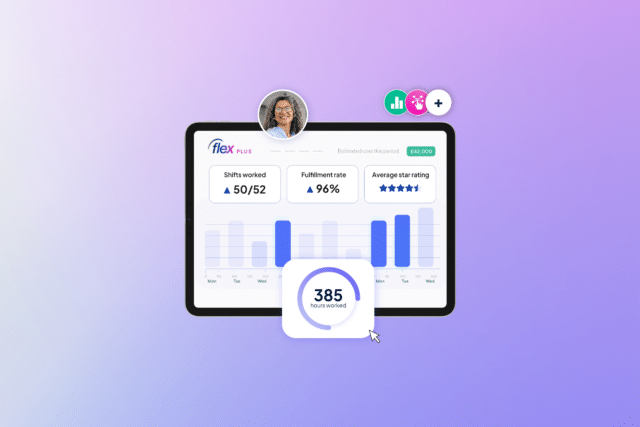
With budgets tight and talent markets tough, leaders need to make the most of their workforce. Could workforce scheduling be the answer?
Few things hurt businesses more than staffing problems. From excessive labour spend to understaffed shifts, the impact of unforeseen scheduling issues and poor rota fulfilment can be huge.
Workforce scheduling is the branch of workforce planning that deals with developing rotas. Using historical staffing data, managers can systematically plan their shift schedules much further in advance. This results in a number of benefits for both workers and employers.
Four ways workforce scheduling benefits employees
- More time to plan
Last-minute rota changes and suddenly disappearing shifts are the bane of most employees. Without transparency and control of their schedule from one week to the next, the rest of their life is forced to fit around their rotas. Workforce scheduling gives them visibility into when they will be free in the coming weeks, allowing them to plan their time. This is particularly important for employees who work more than one job in order to cope with the pressures of rising inflation.
According to our platform data, by posting 4+ weeks in advance, you can post 2 times the volume and boost fulfilment by 30%.
- Increased flexibility
It is no secret workers want more flexibility post-pandemic; a recent survey found 76% express a desire for flexible hours. Perhaps counterintuitively, workforce scheduling is actually a great way to enable this. When rotas are drawn up in advance, it gives employees the control and visibility they need to swap shifts more easily. Especially when empowered by the right technology that makes actioning swaps easy, this can be hugely empowering to employees.
- Better communication
Having that visibility also enables clearer and more transparent communication between employer and employee. If there is a scheduling conflict or query about timings, it can be dealt with ahead of time – and more easily resolved. The overarching effect is to improve employee morale and confidence in the employer. The worker feels taken care of, and relations improve – ultimately reducing churn.
- Predictable compensation
Many employees struggle with a lack of predictability in their earnings, and short notice on rotas exacerbates this. The effect on their mental health can be considerable, creating resentments and likely contributing to churn. Workforce scheduling allows employees to feel confident about what they will make in the coming weeks, and plan their finances around that. Once again, this has a big impact on employee experience – and ultimately retention.
Indeed Flex clients have seen that having consistent shift posting can increase fulfilment by 100%.
Three ways workforce scheduling benefits businesses
- Identify gaps
Gaps in the rota often creep up on you; with just a few days (or hours!) to go, there’s a sudden scramble to find people to fill shifts. But this is generally a product of short notice and a lack of longer-term planning. Workforce scheduling helps identify and reduce these issues. You can use data to predict demand and alter your rotas to match it, as well as ensure the right skills are available on shift at key moments. While there will always be the risk that employees get sick, need to swap shifts or become unavailable, planning shifts in advance ensures that you are in the best possible position to deal with such eventualities.
- Boost fulfilment
Shift fulfilment and absenteeism are a constant headache for managers, leading to gaps in the rota and problems accessing the right skills. The closer to the day you end up filling shifts, the higher the likelihood you end up understaffed or paying overtime. Workforce scheduling combats these problems. By planning in advance who will work when, management is more able to predict fulfilment issues and resolve them. The result is a higher fulfilment rate. Data plays a key role here, too. By tracking employee engagement and productivity, you can make more informed decisions about who works where and when. This will reduce the likelihood of absenteeism and increase the likelihood your temporary workers will accept the shifts you offer them.
- Increase spend efficiency
Research has found that the average business is either 30% over-staffed or 16% under-staffed at any point in time. While this will vary depending on your industry and specific approach to staffing, it sets a reasonable benchmark. And the takeaway is clear: the vast majority of businesses would benefit from more accurately matching their staffing to meet demand. The boost in fulfilment workforce scheduling produces is essential to avoiding such supply and demand mismatches. And that has a real impact on your bottom line. Evidence suggests that matching staffing levels to demand leads to a 5.7% improvement in profitability, and workforce scheduling helps achieve this. Overtime, the volume of staffing data you possess will grow. This in turn will enable even more efficient and informed scheduling decisions.
Indeed Flex clients use our Data Visualisation Tool to help make essential decisions. They can access live data on demand with predictive analysis and business intelligence. Data-driven fulfilment truly is paving the way towards optimal workforce scheduling.








